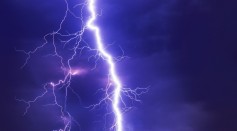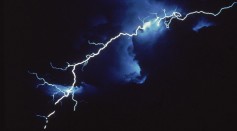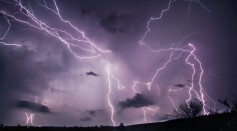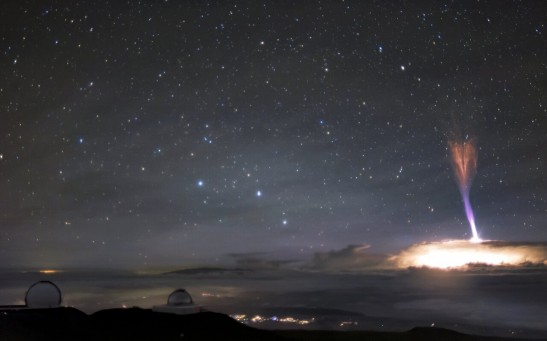lightning

Reason for Lightning to Strike in Specific Places Revealed

Man Struck by Lightning Saved by His Crocs, What are the Chances?

Catastrophic Lightning Kills More Than 100 People in India
LOFAR Radio Telescope Measures Unknown Structures and Discharge Processes of Lightning
Survivors Describe What It Feels Like After Being Struck By Lightning
‘Lightning Strikes’ in the Process of Learning
Climate Change May Spark A Wildfire Or Two in Our Future
Wildfires May Fill our Future as Climate Change Sparks Lightning
Most Popular

How Technology Is Changing the Real Estate Industry?

AI Revolution in Medical Education: Transforming How Healthcare Professionals Learn

Zombie Star Set to Light Up Night Sky: Blaze Star Could Erupt Soon

Exploring Life Beyond Earth: Study Claims Other Planets Could Be Suitable for Alien Life






